Ofir Pele
Nested Barycentric Coordinate System as an Explicit Feature Map
Feb 05, 2020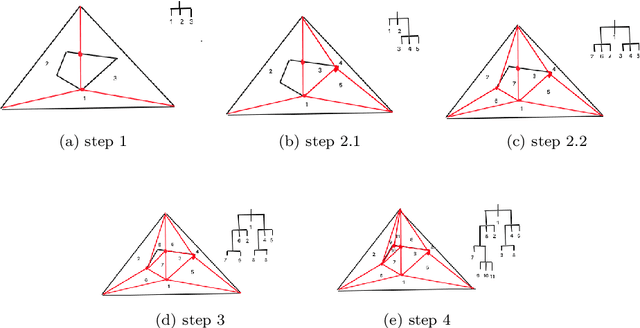

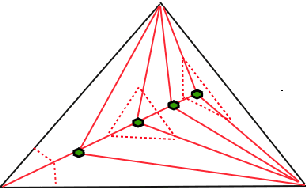

Abstract:We propose a new embedding method which is particularly well-suited for settings where the sample size greatly exceeds the ambient dimension. Our technique consists of partitioning the space into simplices and then embedding the data points into features corresponding to the simplices' barycentric coordinates. We then train a linear classifier in the rich feature space obtained from the simplices. The decision boundary may be highly non-linear, though it is linear within each simplex (and hence piecewise-linear overall). Further, our method can approximate any convex body. We give generalization bounds based on empirical margin and a novel hybrid sample compression technique. An extensive empirical evaluation shows that our method consistently outperforms a range of popular kernel embedding methods.
Interpolated Discretized Embedding of Single Vectors and Vector Pairs for Classification, Metric Learning and Distance Approximation
Aug 08, 2016Abstract:We propose a new embedding method for a single vector and for a pair of vectors. This embedding method enables: a) efficient classification and regression of functions of single vectors; b) efficient approximation of distance functions; and c) non-Euclidean, semimetric learning. To the best of our knowledge, this is the first work that enables learning any general, non-Euclidean, semimetrics. That is, our method is a universal semimetric learning and approximation method that can approximate any distance function with as high accuracy as needed with or without semimetric constraints. The project homepage including code is at: http://www.ariel.ac.il/sites/ofirpele/ID
I Know What You Saw Last Minute - Encrypted HTTP Adaptive Video Streaming Title Classification
Jul 21, 2016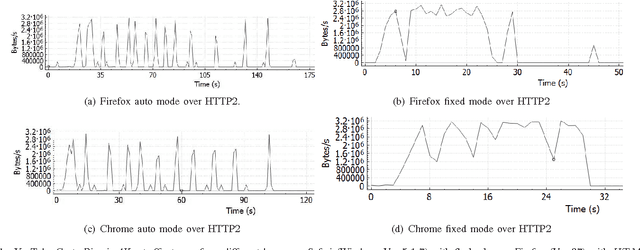

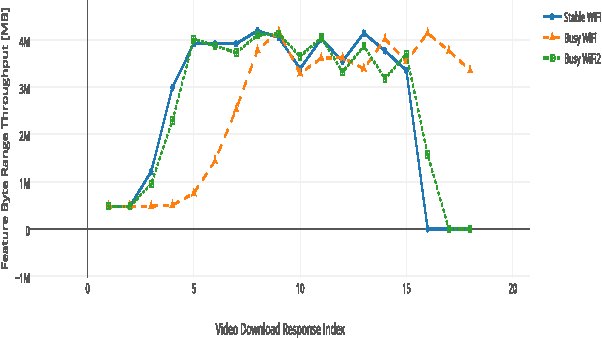
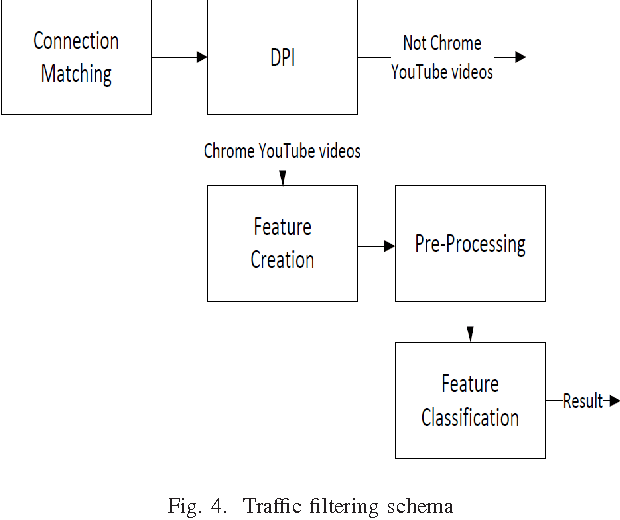
Abstract:Desktops and laptops can be maliciously exploited to violate privacy. There are two main types of attack scenarios: active and passive. In this paper, we consider the passive scenario where the adversary does not interact actively with the device, but he is able to eavesdrop on the network traffic of the device from the network side. Most of the Internet traffic is encrypted and thus passive attacks are challenging. Previous research has shown that information can be extracted from encrypted multimedia streams. This includes video title classification of non HTTP adaptive streams (non-HAS). This paper presents an algorithm for encrypted HTTP adaptive video streaming title classification. We show that an external attacker can identify the video title from video HTTP adaptive streams (HAS) sites such as YouTube. To the best of our knowledge, this is the first work that shows this. We provide a large data set of 10000 YouTube video streams of 100 popular video titles (each title downloaded 100 times) as examples for this task. The dataset was collected under real-world network conditions. We present several machine algorithms for the task and run a through set of experiments, which shows that our classification accuracy is more than 95%. We also show that our algorithms are able to classify video titles that are not in the training set as unknown and some of the algorithms are also able to eliminate false prediction of video titles and instead report unknown. Finally, we evaluate our algorithms robustness to delays and packet losses at test time and show that a solution that uses SVM is the most robust against these changes given enough training data. We provide the dataset and the crawler for future research.
* 9 pages. arXiv admin note: text overlap with arXiv:1602.00489
Real Time Video Quality Representation Classification of Encrypted HTTP Adaptive Video Streaming - the Case of Safari
Feb 19, 2016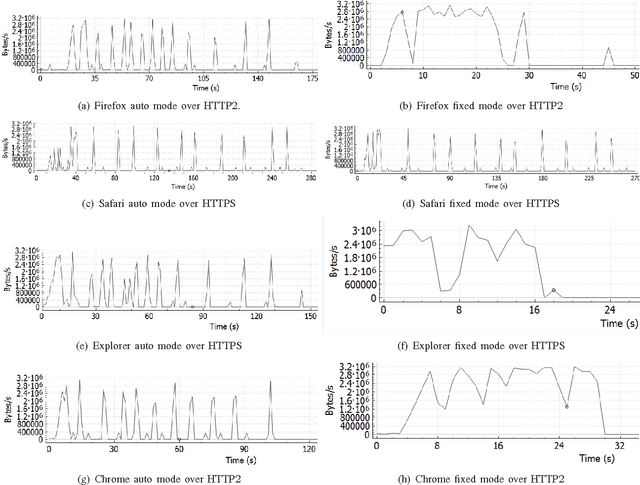

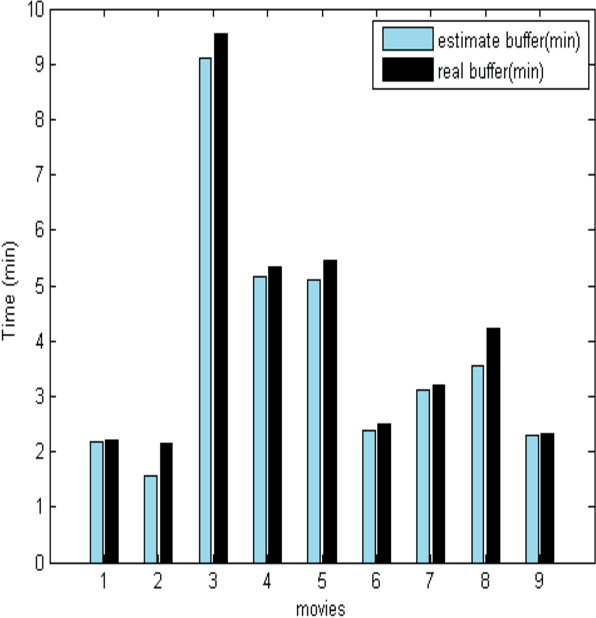
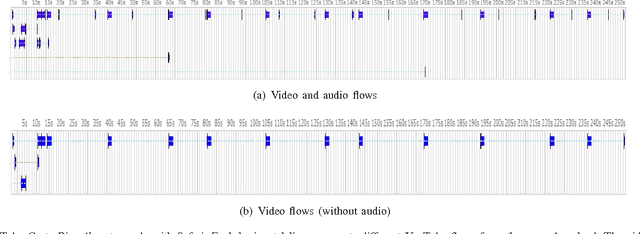
Abstract:The increasing popularity of HTTP adaptive video streaming services has dramatically increased bandwidth requirements on operator networks, which attempt to shape their traffic through Deep Packet Inspection (DPI). However, Google and certain content providers have started to encrypt their video services. As a result, operators often encounter difficulties in shaping their encrypted video traffic via DPI. This highlights the need for new traffic classification methods for encrypted HTTP adaptive video streaming to enable smart traffic shaping. These new methods will have to effectively estimate the quality representation layer and playout buffer. We present a new method and show for the first time that video quality representation classification for (YouTube) encrypted HTTP adaptive streaming is possible. We analyze the performance of this classification method with Safari over HTTPS. Based on a large number of offline and online traffic classification experiments, we demonstrate that it can independently classify, in real time, every video segment into one of the quality representation layers with 97.18% average accuracy.
Improving Perceptual Color Difference using Basic Color Terms
Nov 23, 2012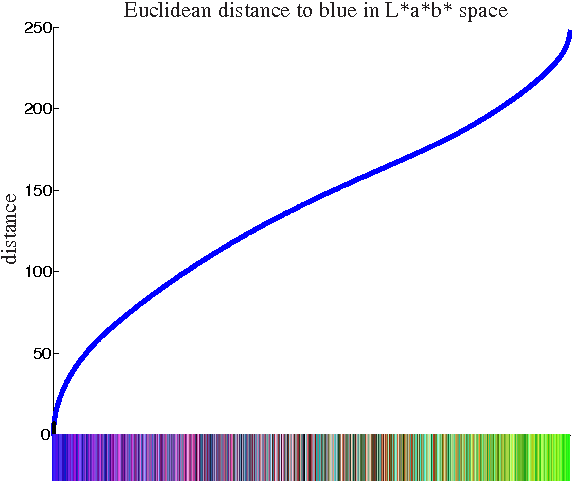
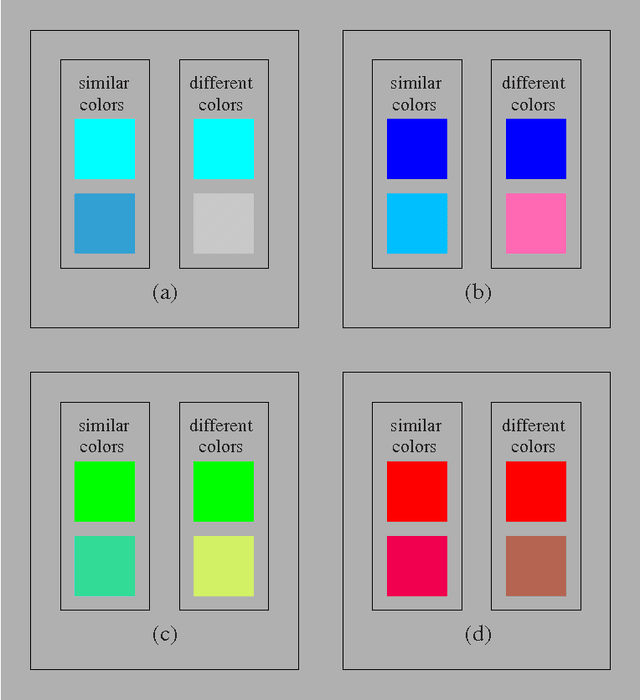
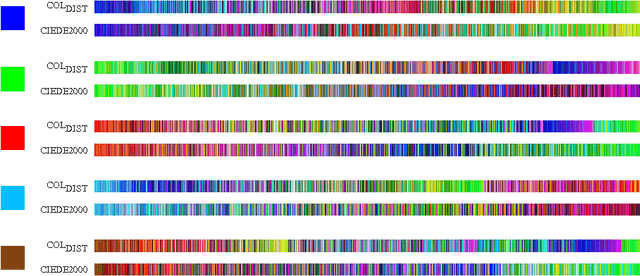
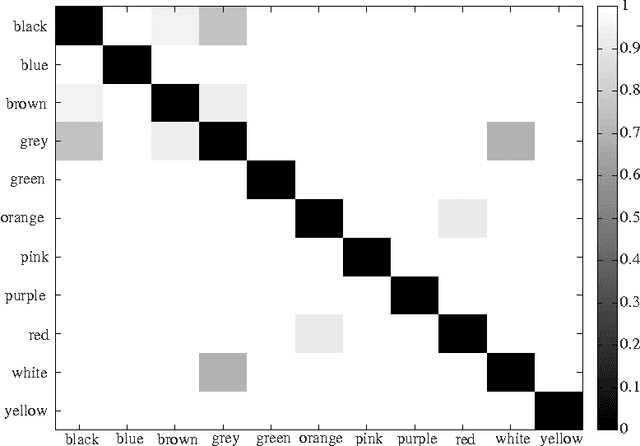
Abstract:We suggest a new color distance based on two observations. First, perceptual color differences were designed to be used to compare very similar colors. They do not capture human perception for medium and large color differences well. Thresholding was proposed to solve the problem for large color differences, i.e. two totally different colors are always the same distance apart. We show that thresholding alone cannot improve medium color differences. We suggest to alleviate this problem using basic color terms. Second, when a color distance is used for edge detection, many small distances around the just noticeable difference may account for false edges. We suggest to reduce the effect of small distances.
 Add to Chrome
Add to Chrome Add to Firefox
Add to Firefox Add to Edge
Add to Edge